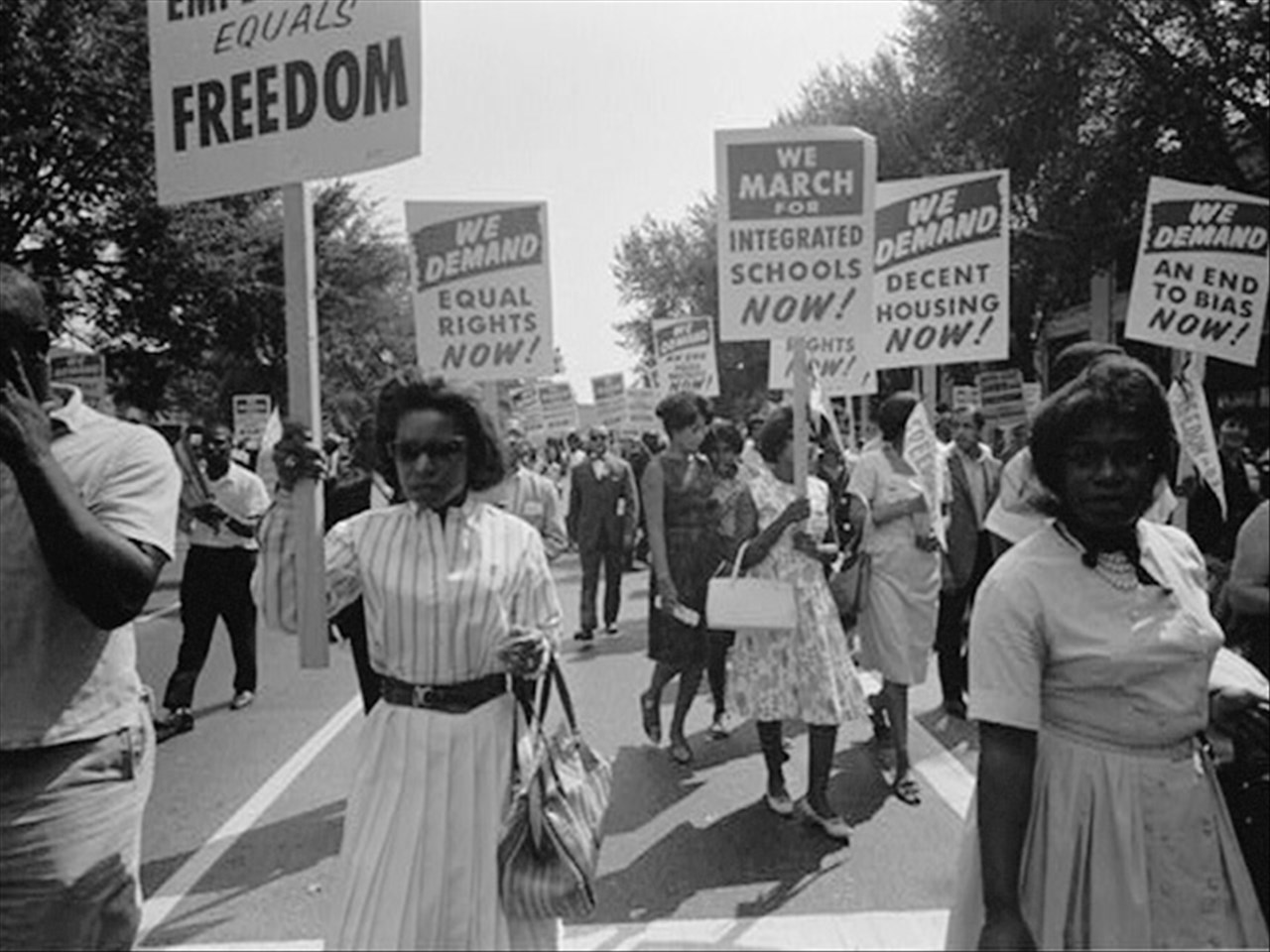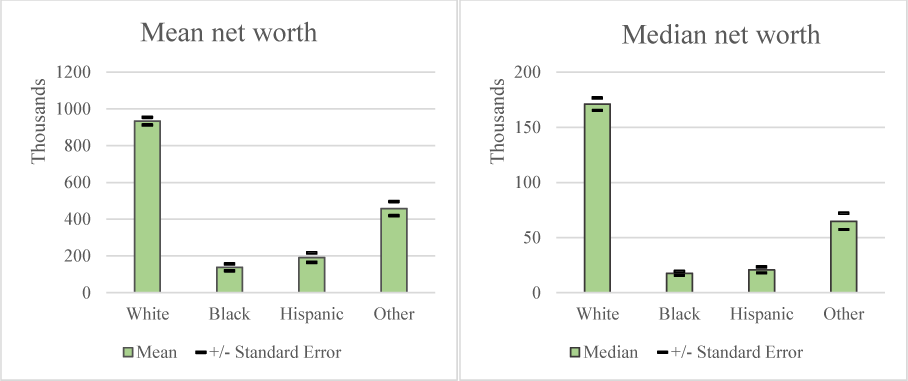One of the most significant problems confronting Black people and working people in the United States is income disparity. And it is only getting worse.
A recent study documented a steady siphoning of worker income during every period for the last 40 years with obscene amounts of money flowing to those at the top.
Wages for the bottom 90 percent of earners are being gobbled up by the top 10 percent of earners—with the top One Percent and top One-tenth of One Percent of earners reaping huge financial bonanzas, according to the Economic Policy Institute, which analyzed federal government data.
Since 1979, wages for the bottom 90 percent of American earners saw modest growth of 26 percent. The 10 percent saw wages grow between 51.8 percent to 75.1 percent.

The top One Percent of earners are now paid 160.3 percent more than four decades ago, while the top One-tenth of One Percent have seen a ginormous 345.2 percent increase in wages. That gives today’s rich White men six times and 13 times the wage growth for the working class.
Guess who is at the bottom of the bottom 90 percent? According to a recent Wall Street Journal article, Black workers made the smallest earnings gains among racial and ethnic groups since the beginning of the Great Recession in 2008.
The widening wage gap has been relentless, including from 2009 to 2019. These years included economic recovery after the Great Recession: Wages for the bottom 90 percent rose 8.7 percent. Wages for the top One Percent of earners and top One-tenth of One Percent soared 20.4 percent and 30.3 percent, respectively.
In the current climate of booming stock markets and national pestilence, little attention is being paid to wage disparity and wage growth in general, much less to the plight of the Black working class who are falling further behind in their efforts to gain a living wage and economic parity.
As Black civil rights and mainstream leaders pressed President-elect Biden for substantive cabinet positions, they also called for advancing racial equality and addressing an alarming Black-White wealth gap.

Rep. Don Beyer, the chair of the U.S. Congress Joint Economic Committee in a published report on the economic state of Black America in 2020, wrote, “Black Americans experience far worse economic conditions than Whites or the population as a whole.”
Historically, the unemployment rate for Black Americans has been twice the rate for Whites. That is the case today—6 percent unemployment for Black workers versus 3.1 percent for Whites, even in a strong economy the unemployment rate is 50 percent higher for Black Americans.
During the majority of the past 50 years, Blacks have experienced unemployment rates that, if experienced by the entire population, would be seen as recessionary.
Black workers have been disproportionally hurt by the overall decline in union membership and unions’ decreasing power. Typical Black households earn a fraction of White families’ earnings—just 59 cents for every dollar.
The gap between Black and White annual household incomes is about $29,000 per year. Black Americans are over twice as likely to live in poverty as Whites. Black children are three times as likely to live in poverty as White children. The median wealth of Black families ($17,000)—is less than one-tenth that of White families ($171,000).

The wealth gap between Black and White households increases with education. Much less than half (42 percent) of Black families own their homes, compared to almost three-quarters (73 percent) of White families. Home ownership is one way Americans have generally accumulated wealth.
The share of Blacks who are college graduates has more than doubled since 1990, from 11 percent to 25 percent—but still lags far behind Whites. Persistent segregation leads to disparities in the quality of secondary education and worse economic outcomes.
The incarceration rate for Black Americans is falling but is still nearly six times the rate for White Americans. Incarceration, obviously, hurts earnings and economic progress.
Wonder why you’re still broke? For Black Americans the economic game has long been rigged, starting with Emancipation. Writer Ta-Nehisi Coates, in his Atlantic article “The Case for Reparations,” coined the phrase “the quiet plunder.” He debunked the myth that wage disparity was caused by slavery and Jim Crow bred Black poverty.
In the 20th century, millions of Black families moved out of the South chasing higher wages in urban industry. But after a few decades, the factories closed, inner cities decayed, and a “complex tangle of pathology” emerged in single-parent households and soaring incarceration rates, he wrote.
“The reality is in the grand narrative of freedom and civil rights, the disadvantages that persist are much more nefarious, invisible precisely because people in power continuously innovated new forms of discrimination,” according to Calvin Schermerhorn, a history professor at Arizona State University’s School of Historical, Philosophical and Religious Studies. He is the author of “Unrequited Toil: A History of United States Slavery.”
Black people have played an insidious game of social and economic whack-a-mole: As soon as they fight to remove one barrier, a new one springs up, said Prof. Schermerhorn.
“The enduring barriers to Black economic equality are structural rather than individual,” Professor Schermerhorn explained. “Instead of alleviating them, the party in power is rolling back civil rights protections, reviving the War on Drugs, and expanding private prisons. Black aspirants to the American dream continue to face lending and real estate discrimination and ‘predatory inclusion’ in higher education. Escalators into the middle class have slowed and stalled, and the rung of the economic ladder one starts on is most likely where one will end up,” Mr. Schermerhorn wrote.
As evidenced by the Economic Policy Report, the adage that the rich get richer and the poor get poorer is real with Black people being the really poor.
There is an urgent need to repair Black worker power while increasing wage growth, said Naomi Zewde, assistant professor in the Graduate School of Public Health and Health Policy at the City University of New York, during a detailed interview with The Final Call.
Black people are using education as a means to bridge this economic gap, she said. She noted the percentage of Black people getting a higher education has increased, not just going to college but also graduate school. “Forty-seven percent of Black college graduates enroll in a graduate degree program within 10 years, while only 36 percent of White people who graduated from college are involved in a graduate program within 10 years,” she pointed out.
Asst. Professor Zewde argued the time was right to keep pressing for changes, but radical redress is needed. “I think that a lot of what we’re doing is the right thing, calling attention to these issues,” she said. In terms of redress, she offered up a few ideas. “I think that advocacy of progressive policy is going to be important, like free college, canceling student loan debt, small business opportunities and grants through the Paycheck Protection Program. There was some initiative to get those dollars distributed, not just by the big banks, but also by community-based financial institutions. Capital must be provided to the Black business.”
She also advocated for “Baby Bonds.” The federal government would put a certain amount of money per year in an account for each newborn that the child can’t touch until age 18. “Baby Bonds could dramatically reduce racial wealth inequality for young adults,” she said.
Above all, she advocated for Marshall Plan type racial redress, which would place hard cash in the Black community, and address housing, education, business and economic empowerment.













